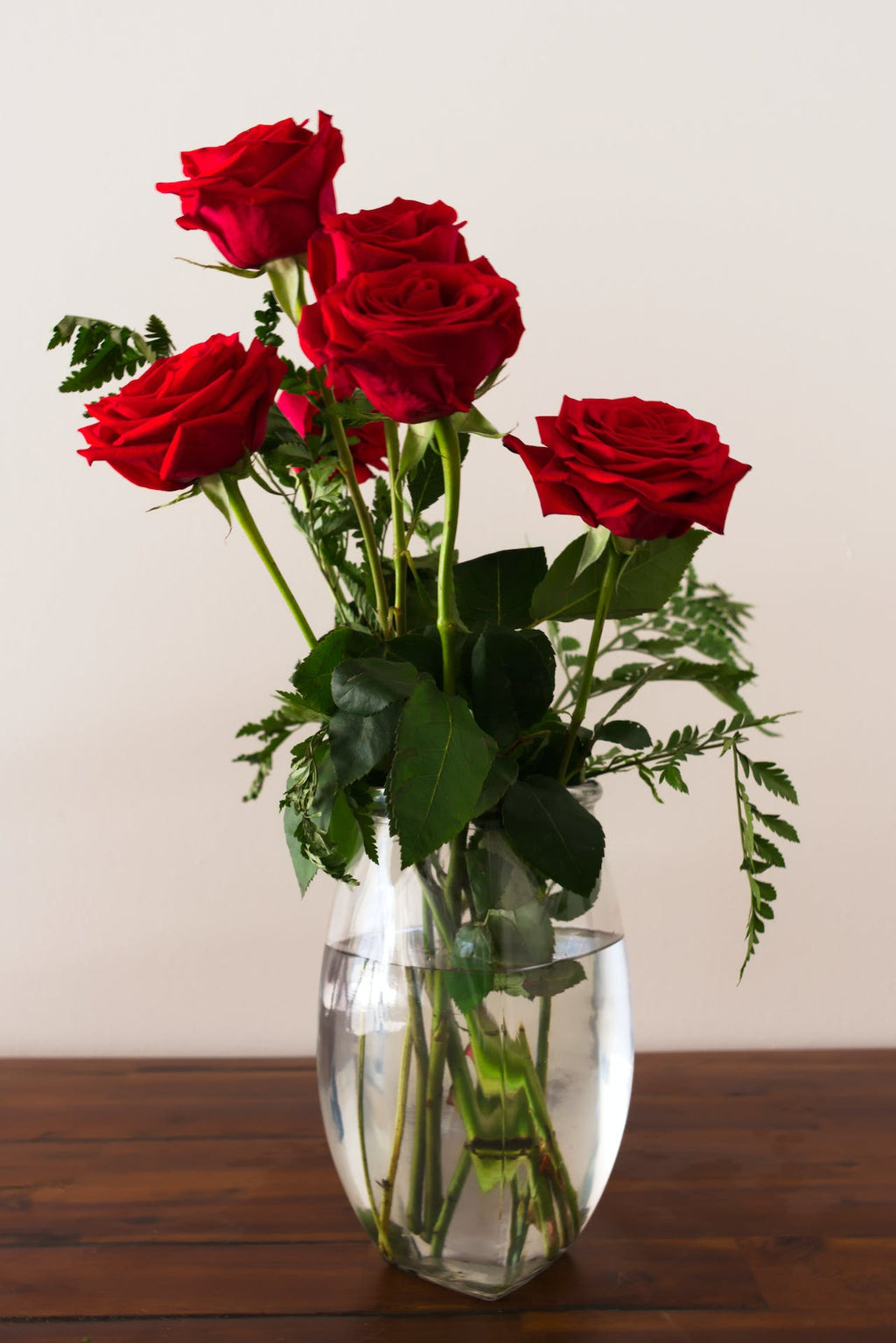When it comes to keeping your flower bouquet fresh and vibrant, choosing the right water is crucial. But with so many options available, how do you know whether to use tap water or bottled water?
Tap Water: A Budget-Friendly (and Eco-Friendly!) Option
Tap water is the most accessible and cost-effective choice for hydrating your flower bouquet. It is readily available in most households and requires no additional expense. However, before using tap water, it's important to consider a few factors:
1. Water Quality
The quality of tap water can vary depending on your location. Some areas have water that is high in minerals or contains chlorine, which can negatively affect the longevity of your flowers. If you live in an area with poor water quality, it's recommended to use a water filter or let the tap water sit overnight to allow the chlorine to dissipate.
2. pH Levels
The pH level of tap water can also impact the health of your flowers. Most flowers prefer a slightly acidic environment, with a pH level between 6 and 7. If your tap water is too alkaline or acidic, it may be necessary to adjust the pH using flower-friendly additives.
Bottled Water: A Convenient and Consistent Choice
For those who prefer a more controlled approach, bottled water offers a reliable option for hydrating your flower bouquet. Here are a few reasons why bottled water may be the right choice for you:
1. Consistency
Bottled water is known for its consistent quality. Unlike tap water, which can vary in composition, bottled water is filtered and purified to remove impurities. This ensures that your flowers receive a consistent supply of clean water, promoting their longevity.
2. Mineral Content
Some bottled waters contain minerals that can benefit your flowers. For example, certain minerals like calcium and magnesium can help strengthen the stems and enhance the color of the blooms. However, it's important to choose a bottled water with a balanced mineral content, as excessive minerals can have adverse effects.
Considerations for Both Options
Regardless of whether you choose tap water or bottled water, there are a few general guidelines to follow to maximize the lifespan of your flower bouquet:
1. Clean Vase
Before placing your flowers in water, make sure the vase is clean and free from any bacteria or residue. This will help prevent the growth of harmful microorganisms that can shorten the lifespan of your flowers.
2. Trim the Stems
Trimming the stems at an angle before placing them in water allows for better water absorption. Use a sharp, clean pair of scissors or a knife to make a clean cut, removing any excess foliage that may be submerged in water.
3. Change the Water Regularly
Both tap water and bottled water can become stagnant over time, leading to bacterial growth. To prevent this, change the water every two to three days and rinse the vase thoroughly before refilling it.
Ultimately, the choice between tap water and bottled water for your flower bouquet depends on your specific circumstances and preferences. If you have access to clean tap water and are willing to take the necessary steps to ensure its quality, tap water can be a budget-friendly option. On the other hand, if you value consistency and convenience, bottled water may be the better choice for you. Whichever option you choose, following the general guidelines for flower care will help keep your bouquet looking fresh and beautiful for longer.



